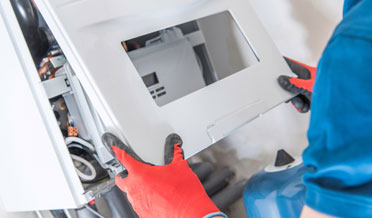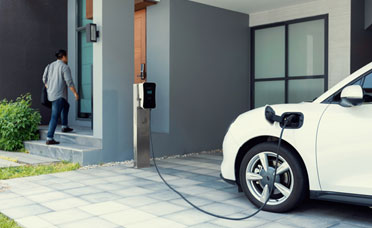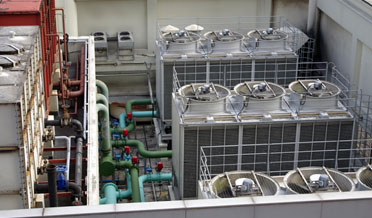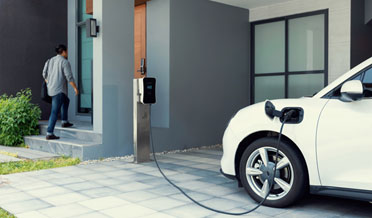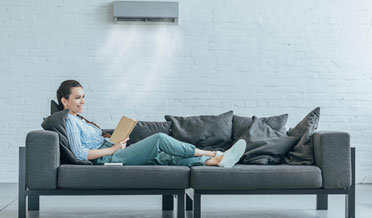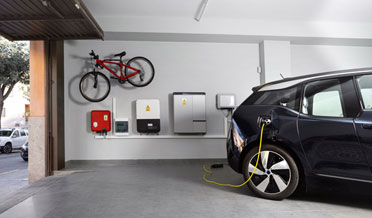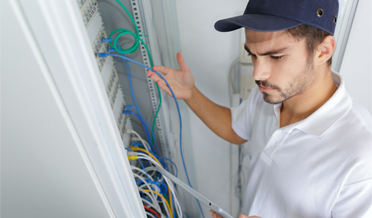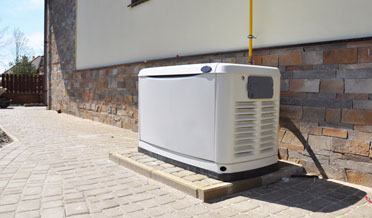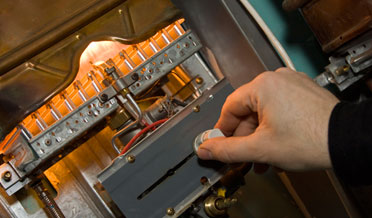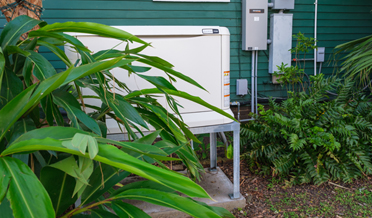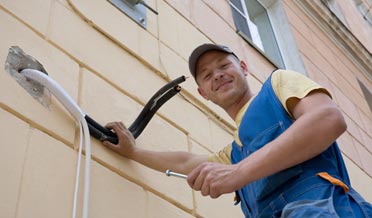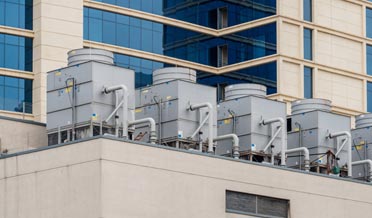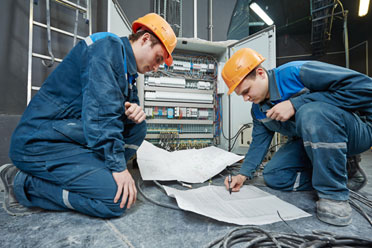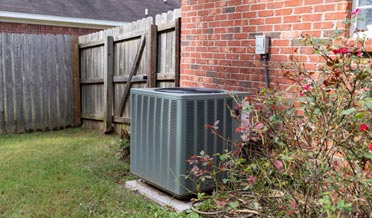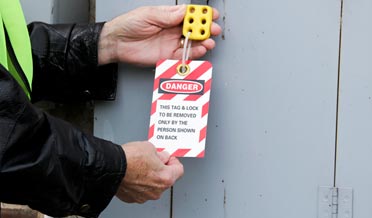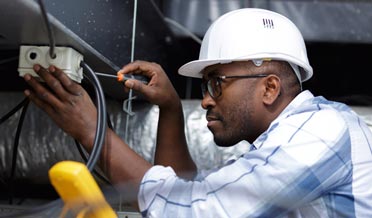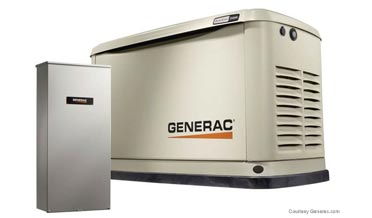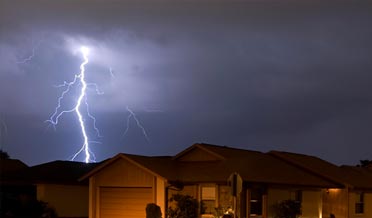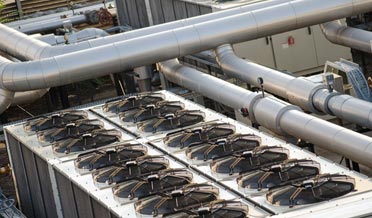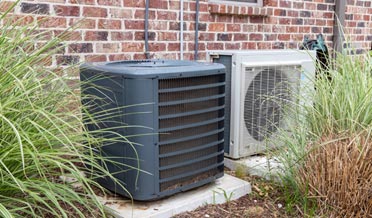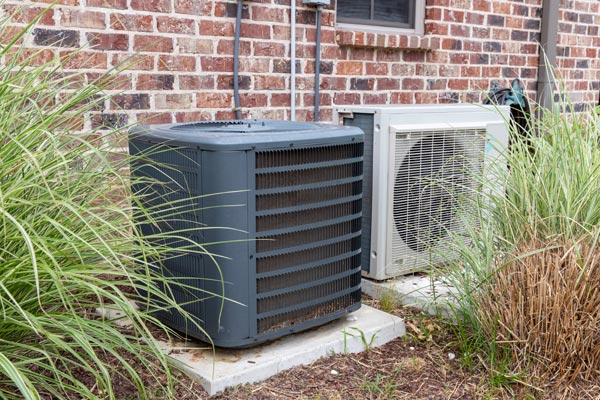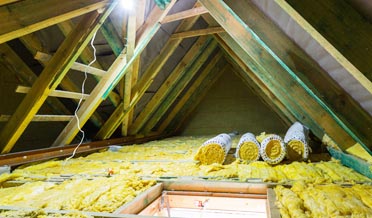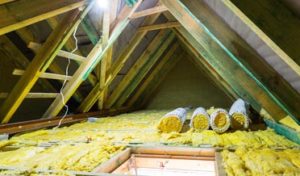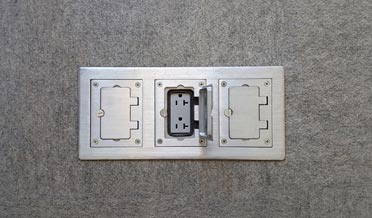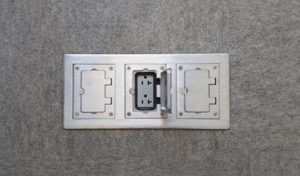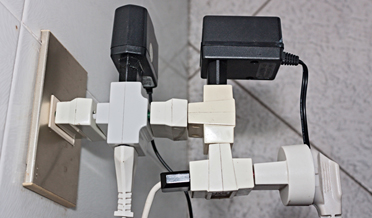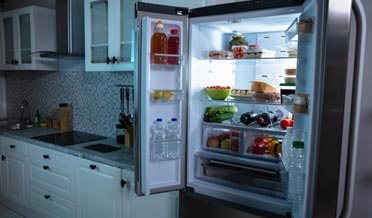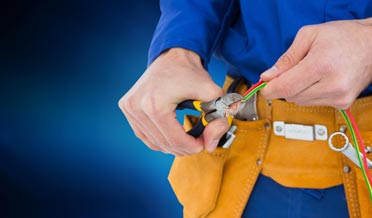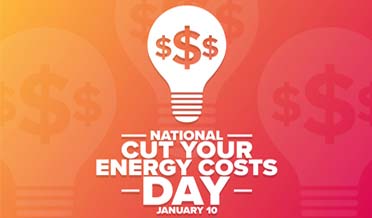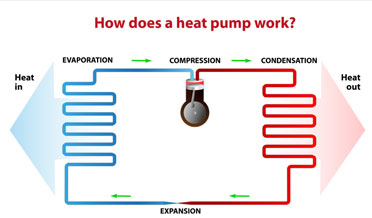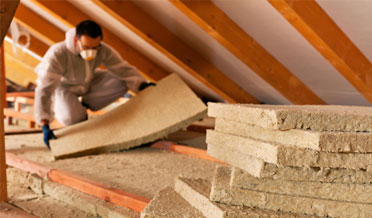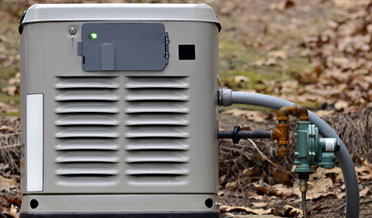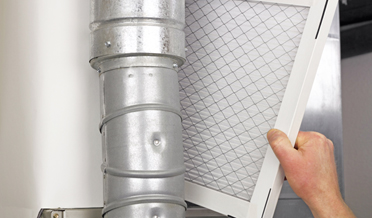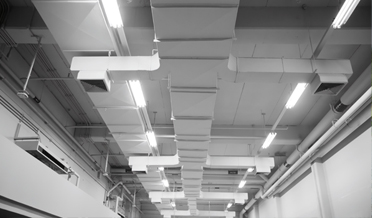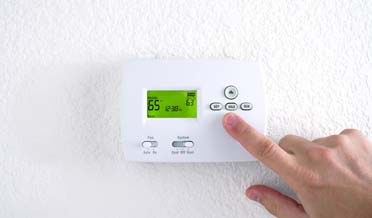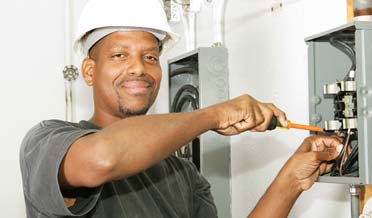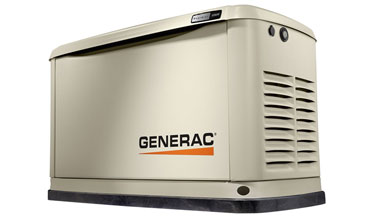2023 HVAC Maintenance Checklist for Homeowners
If you complete some basic research, you will find that air conditioner manufacturers, HVAC professionals, and the U.S. Environmental Protection Agency are all in agreement–annual maintenance for your system is necessary to keep your air conditioner working efficiently. Many homeowners are diehard do-it-yourselfers, but most of the tasks involved with HVAC Maintenance are not DIY projects. Here are some tasks that can be safely completed by homeowners:
- Changing the air filter. Air filters are made to be easily accessible and changed without professional help. Find the filter at the place return air enters the air conditioner cabinet. Filters are readily available from many local merchants. The filter should be changed at least every three months.
- Clean condenser coils. The condenser coil is the major component located outdoors. The body of the condenser is composed of a network of aluminum tubes with very thin fins radiating from them. Air must move freely between the coils to cool the hot refrigerant gases, but grass and dust are pulled onto the surface and between the fins. Use a regular garden hose (not a power washer) to wash the debris away. Trim grass and shrubbery at least 2 feet from around the condenser.
- Clean the evaporator coil and drain line. This coil is located indoors, in the air conditioner cabinet. Remove the panel—there should only be one panel—and locate another network of tubes with extremely thin fins. Prepare a 50/50 mixture of water and vinegar. Use it to clean any dust from the coil. Use the mixture to clean the drain pan below and pour the remaining mixture into the pan. The vinegar will retard the growth of algae in the drain line.
- Change thermostat batteries. The thermostat is a switch, located on a central wall, that turns the system on and off, as needed. The batteries powering the thermostat will need to be changed annually.
Tasks that need to be completed by HVAC professionals include:
- Electrical checks. Professionals will check minor parts that play major roles. That includes sensors, switches, capacitors, and controls. When these minor parts fail, they lead to the failure of major components.
- Electrical checks. Professionals will check major components for efficiency and proper function. Discovering problems in these components can prevent catastrophic failures that lead to inconvenient emergency replacements.
- Mechanical checks. Professionals will check moving parts, including the blower motor—which moves the entire volume of air in your home every few minutes.
- Refrigerant gas check. A crucial part of the air conditioner is the refrigerant gas that moves through the system. The professional will check the pressure of the gas and ensure the system is charged properly.
Results of HVAC Maintenance Neglect
If you do not maintain your air conditioner system, the following are potential results:
- Normal wear creates wear on all system parts. Whether through heavy use or a manufacturing anomaly, one part may exhibit excess stress.
- The stressed part adds stress to other components.
- Maintenance will uncover the stress. The small part can be replaced, and efficiency restored.
- If unchecked, the stress will increase. Efficiency will slide and other parts will become stressed and fail. Some of these failures will require repair calls. Eventually, the stress will lead to failure in a major component. At this point, replacement may be advisable.
Want more information about HVAC Maintenance, we can help!
With our four decades of experience as an AC Repair and HVAC Maintenance contractor, AirPro Houston provides you with the skill and expertise to assist with the steps to obtain an Energy-Efficient Commercial HVAC.
We have several financing options available with great options with up to 72-month terms with approved credit. Call us today at 281-880-8805 and let us partner with you for all of your Furnace Repair, Tune Up maintenance, and AC Replacement needs.
